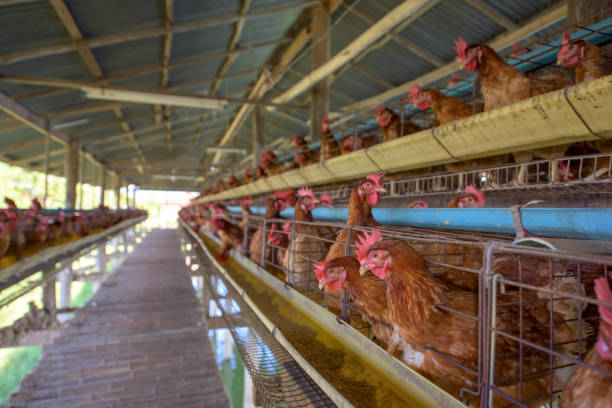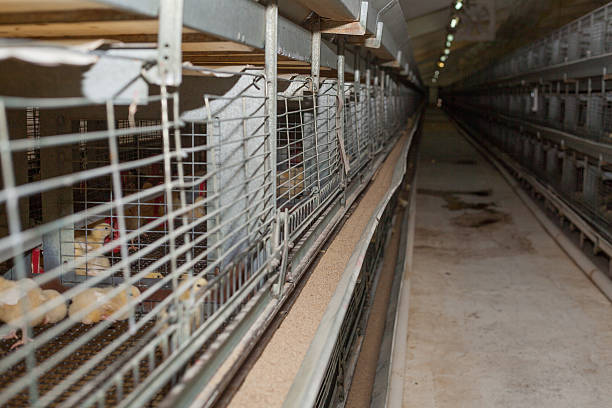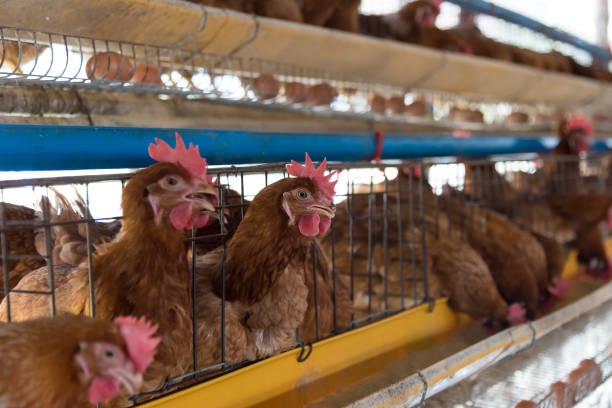How to Start a Layer Farm with Battery Cages
How to Start a Layer Farm with Battery Cages
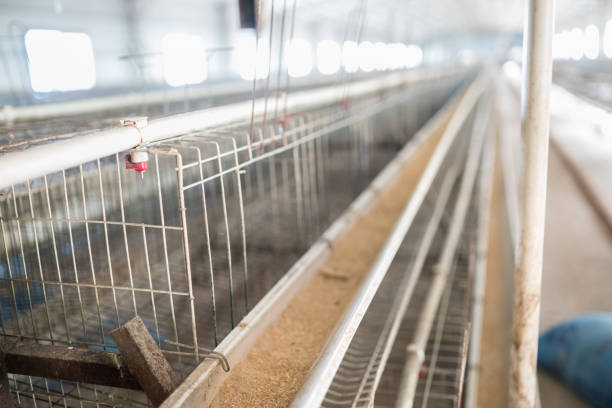
Starting a layer farm might seem overwhelming at first, but with the right planning and equipment—especially modern battery cages—you can build a profitable, efficient, and sustainable poultry operation. Over the past decade, battery cage systems have evolved significantly, offering better hen welfare, improved egg production, and easier farm management. At Zhengzhou Livi Machinery, we’ve helped hundreds of farmers across Asia, Africa, and Latin America launch or upgrade their layer farms using smart, durable cage systems. In this guide, we’ll walk you through everything you need to know to get started—from choosing the right cages to managing your flock for maximum productivity.
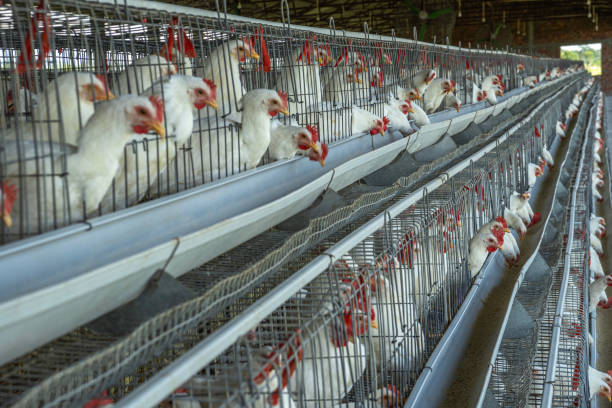
Understanding Modern Layer Battery Cages
Before diving into the setup process, it’s important to clarify what “battery cages” really mean today. Gone are the outdated, cramped wire setups from decades ago. Today’s battery cage systems used in commercial layer farming are designed with bird welfare, hygiene, and automation in mind. These cages are part of a complete housing system that includes feeding, drinking, egg collection, manure removal, and climate control—all integrated for smooth daily operations.
At Livi Machinery, our layer battery cages are made from galvanized steel or PVC-coated wire, making them rust-resistant and long-lasting—ideal for humid climates or long-term use. Each cage is ergonomically designed to give hens enough space to move, stretch, and lay eggs comfortably while minimizing stress and aggression. Standard 4-tier or 5-tier multi-layer systems save space and allow farmers to house thousands of birds even on smaller plots of land.
These systems often come equipped with automatic feeders and nipple drinkers, reducing labor and ensuring consistent access to food and water. Egg belts gently transport laid eggs to a central collection area, keeping them clean and undamaged. Automatic manure scrapers or drying trays help maintain hygiene, reduce odor, and prevent disease outbreaks. With these advanced features, modern battery cages aren’t just practical—they’re essential for running a professional layer farm.
Planning and Setting Up Your Layer Farm
Now that you understand the advantages of battery cages, let’s talk about setting up your farm. The first step is to conduct a small feasibility study: How big do you want your farm to be? Will you start with 1,000 layers or aim for 10,000+? Your scale will determine everything from shed size to initial investment.
Location matters too. Choose a site that’s accessible for transport (for feed delivery and egg distribution), away from residential areas (due to potential odor), and has reliable electricity and water supply. Good ventilation and natural light are also key for hen health and production cycles.
Next comes the construction of the poultry house. Most modern layer sheds are simple concrete and steel structures with insulated roofs, cooling pads, fans, and curtain side walls to regulate temperature. The interior should be designed to fit your cage system efficiently—one popular configuration is placing two rows of 4-tier cages back-to-back, leaving room for walking aisles and equipment maintenance.
Once your building is ready, install the cage system along with automated accessories. Work with a supplier like Livi Machinery who can provide not only the cages but also technical support during installation. We offer full turnkey solutions, including layout design based on your available space, helping ensure that every square foot is optimized for efficiency.
Don’t forget about biosecurity! Install footbaths, rodent traps, and proper fencing. Staff should wear farm-specific clothing and follow strict hygiene protocols. Disease prevention starts long before your chicks arrive—and it’s much cheaper than treating an outbreak later.
Managing Your Hens for Maximum Egg Production
With your battery cage system in place, it’s time to focus on flock management. Most commercial layer farms use pullets (young hens around 16–18 weeks old) that are ready to begin laying soon after placement. Sourcing healthy, vaccinated birds from a reputable hatchery is critical.
When introducing hens to the cages, monitor them closely for the first few days. Make sure they find food and water immediately—stressed birds may stop eating, which delays the onset of laying. Maintain consistent lighting schedules: most farms use 16 hours of light per day to stimulate egg production. You can achieve this with energy-efficient LED lights timed by a simple controller.
Feed quality directly impacts egg output and shell strength. Use a balanced layer feed with adequate calcium, protein, and vitamins. Avoid sudden diet changes, and always keep fresh water available. With automatic feeding systems, you can schedule meals to reduce waste and labor.
Vaccination and health monitoring are non-negotiable. Follow a vet-recommended vaccination program for diseases like Newcastle, Gumboro, and avian flu. Watch for signs of illness: lethargy, reduced feed intake, or thin-shelled eggs. Early detection saves lives and profits.
Egg collection should happen at least twice a day, even with automatic belts. Check for cracked or dirty eggs and cull any that don’t meet market standards. Store eggs in a cool, dry place and deliver them to market quickly for best freshness.
Well-managed hens in good cage systems can produce over 300 eggs per year. That means if you have 5,000 layers, you could collect more than 400 kg of eggs daily. And because battery cages minimize floor eggs and breakage, your overall recovery rate stays high.
Scaling Smartly and Looking Ahead
One of the biggest advantages of starting with battery cages is scalability. Once your first house is running smoothly, adding another shed becomes much easier—especially if you stick with the same system design. Many of our clients begin with one house and expand within 12–18 months as cash flow improves.
Consider investing in additional automation down the line: egg grading machines, packers, or even solar panels to cut electricity costs. Some farms integrate IoT sensors to monitor temperature, humidity, and feed levels remotely—that’s the future of smart poultry farming.
Also, think about market demand. Are you selling to wholesalers, local stores, or direct to consumers? Building relationships with buyers early helps stabilize your income. Branding your eggs as “farm-fresh,” “cage-raised quality,” or even “high-welfare” can increase value in competitive markets.
If you’re new to poultry farming, don’t hesitate to ask for help. Our team at Livi Machinery doesn’t just sell equipment—we provide guidance on best practices, common mistakes to avoid, and ways to maximize ROI. Whether you’re in Nigeria, Indonesia, or Peru, we’ve seen what works and what doesn’t.
Starting a layer farm with battery cages is more than just buying some wire boxes. It’s about building a system that supports animal health, operational efficiency, and long-term profitability. With modern technology and good management, even a small farm can become a thriving business.
Interested in launching your own layer farm or upgrading your current setup? We’d love to help. Send us your farm size, location, and production goals—we’ll design a customized battery cage solution and send a detailed quote. Let’s turn your poultry dream into reality.
FAQ
What are the benefits of using battery cages for layer farming?
Battery cages improve bird safety, reduce disease spread, save space, and make egg collection and waste management easier. They also support automation, cutting labor costs and boosting efficiency.
Are battery cages safe for hens?
Modern battery cages meet international welfare standards. They provide enough space for movement, reduce aggressive pecking, and include features like scratch pads and nesting zones to support natural behaviors.
How many hens can fit in one battery cage?
This depends on the model, but a standard single cage in a 4-tier system holds 4–6 hens. Our cages comply with recommended stocking densities to ensure comfort and productivity.
Can I automate feeding and egg collection?
Yes! Livi battery cage systems are compatible with automatic feed lines, drinking systems, egg belts, and manure removal units. Automation increases hygiene and reduces workload.
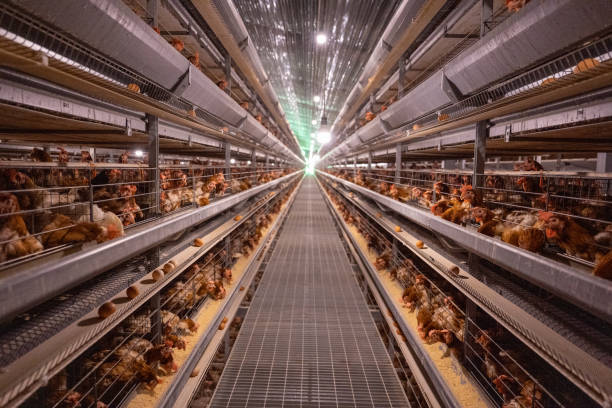
What is the lifespan of your battery cages?
Our cages are made from high-quality galvanized or PVC-coated wire and can last 10–15 years or more with basic care, even in tough weather conditions.
Do you ship internationally?
Absolutely. We’ve delivered to over 30 countries and handle all logistics, including customs documentation and installation guidance.
How much does a complete layer farm setup cost?
Costs vary based on scale and automation level. A 5,000-bird setup with automated cages, feeders, and drinkers typically ranges from $30,000 to $50,000. We offer flexible configurations to match your budget.
Can I get technical support after purchase?
Yes. We provide free layout design, installation videos, and ongoing support via WhatsApp, email, or video call. Our goal is your success.
What size poultry house do I need for 10,000 layers?
A typical 10,000-layer farm requires a shed around 100m x 12m (approx. 1,200 sqm), depending on cage layout and aisle space. We’ll help you calculate exact dimensions.
Is training provided for workers?
While we don’t conduct on-site training, we provide detailed operation manuals and instructional videos covering daily operation, maintenance, and troubleshooting.



